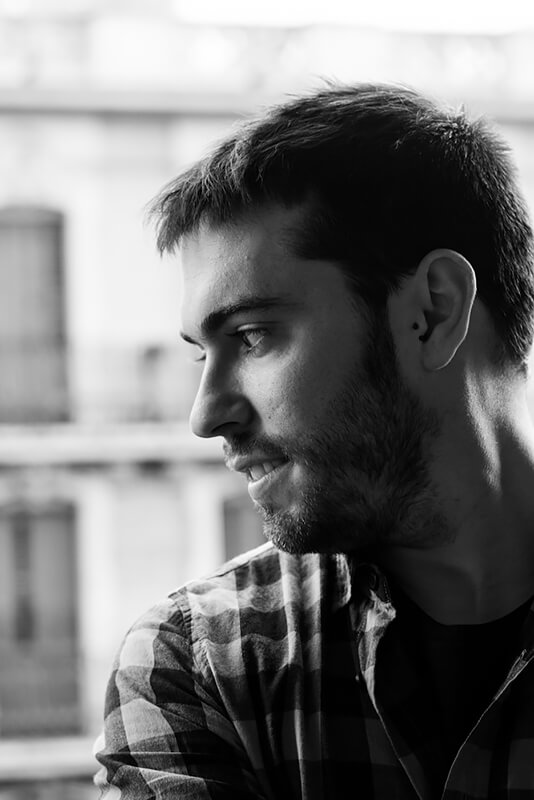Documentary photographer and filmmaker born in Tarragona (Catalonia, Spain) who lived in Cardiff and Barcelona. His latest works have been published on international media such as National Geographic Magazine, Red Bull TV, Daily Telegraph, The Times, The Sunday Times, Traveler Magazine of China, The Guardian, GEO Magazine and Daily Mail, among others. His projects have been also awarded at the International Photography Awards, the Travel Photographer of the Year and the Seoul International Short Film Festival, in Korea, among others. David is currently based in Catalonia working on personal and commissioned projects and is available for assignments worldwide.
Statement:
"It is a pleasure for me that a picture that represents such an important cultural tradition in my country, as the Human Towers in Catalonia are, could be awarded in this contest. I hope it could help people around the world to know this stunning and beautiful spectacle".
